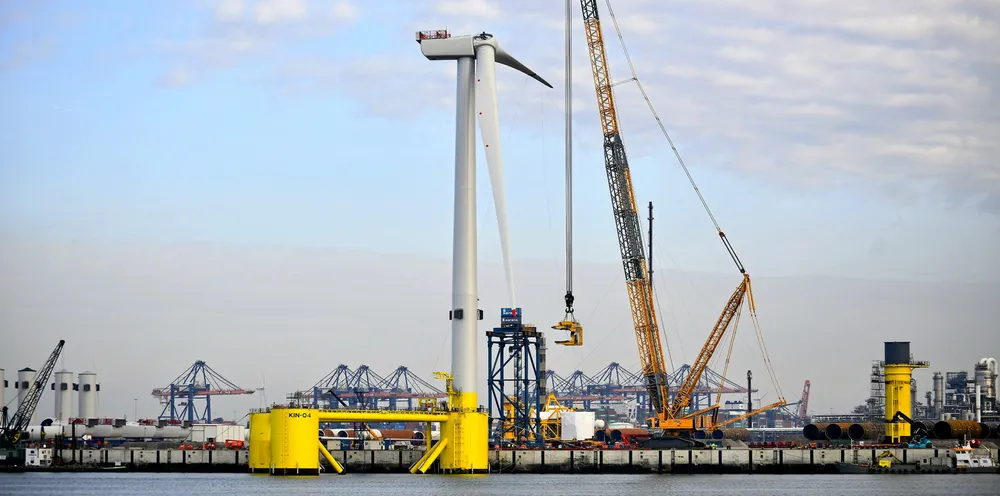North Sea change: Rotterdam residents ready for floating wind service off Scotland
The last of the quintet of units for Cobra's 50MW Kincardine, the largest floating wind array off the UK, are being fitted with turbines in the Port of Rotterdam for tow-out
